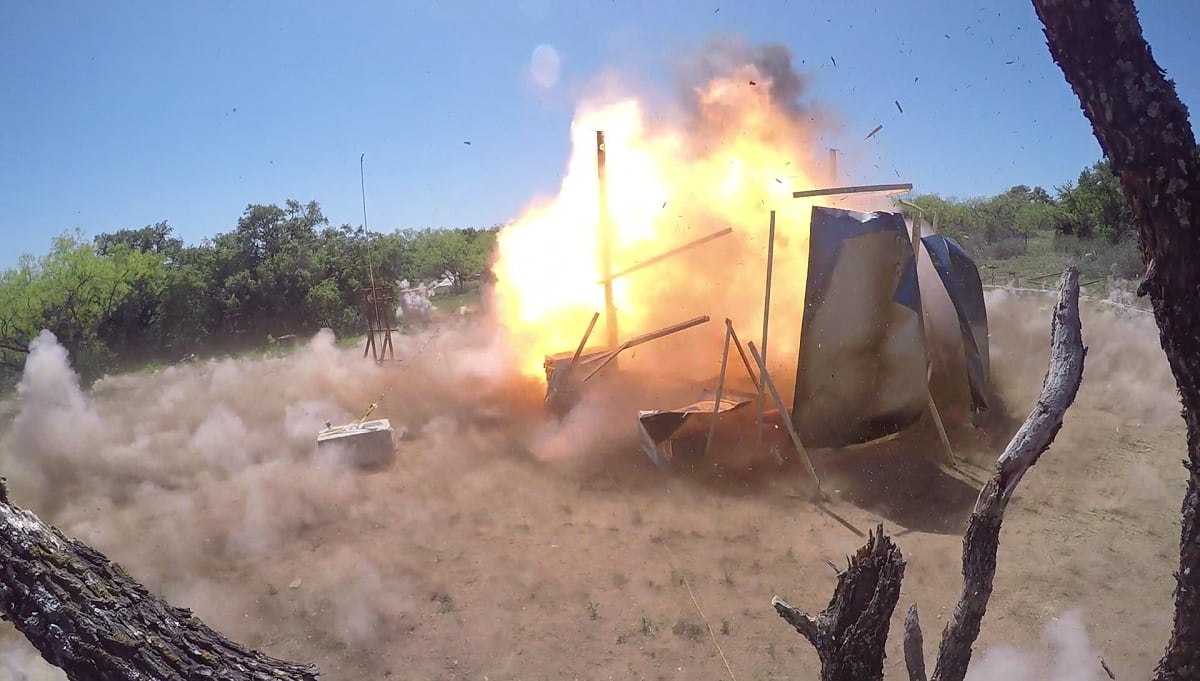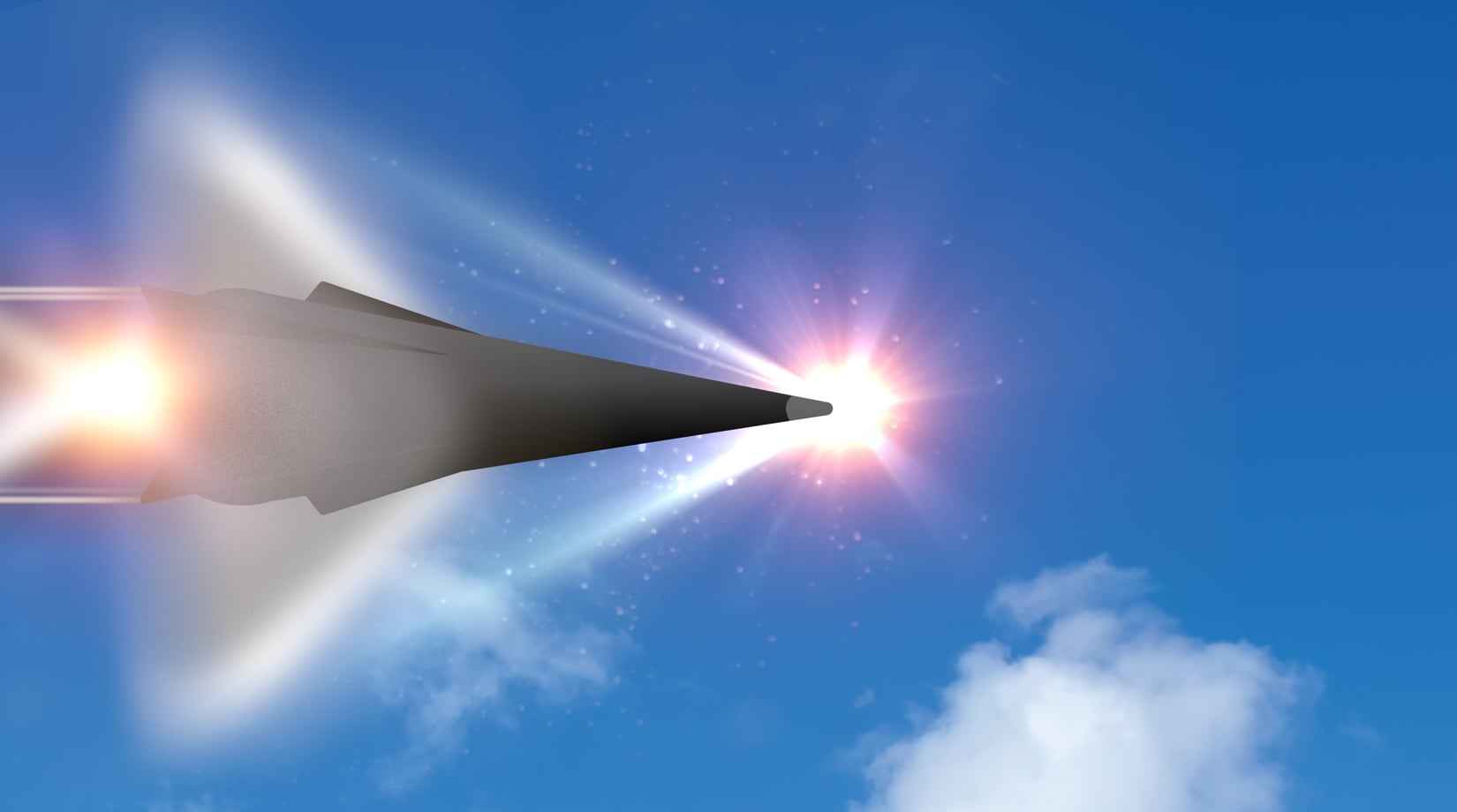WASHINGTON — The U.S. Missile Defense Agency is tapping industry to design and build an interceptor capable of defending against regional hypersonic weapons threats, releasing a draft request for proposals to build prototypes.
The request directs industry to submit whitepapers by March 19 to build a Hypersonic Defense Regional Glide Phase Weapons System interceptor, with plans to select at least one prime contractor to build a prototype that would culminate in a flight test, according to the draft RFP with an updated issue date of Jan. 30 and posted to sam.gov, the federal government’s contact opportunities website.
The agency notes that negotiations following review of whitepapers and oral presentations could result in no awards, one or multiple.
By building a flight test vehicle under the program, MDA hopes to better understand the technical utility of such a regional hypersonic defensive system and “will provide a pathway to subsequent tactical interceptor and fire control capability,” the document states.
RELATED

“The purpose of this effort is to reduce interceptor key technology and integration risks, anchor modeling and simulation in areas of large uncertainty and to increase the interceptor technology readiness levels (TRL) to level 5,” the document notes.
TRL level 5 means the prototype is at a stage where it can reasonably be tested in a simulated environment.
The draft RFP notes that an intercept flight experiment is currently outside of the scope of the effort. The plan is to conduct a non-intercept flight demonstration as the culminating step in the prototype project.
MDA does not provide much in the way of a timeline for the effort, noting that the base period prior to an initial design period will not exceed 18 months. The length of time for design, building and testing the interceptor prototypes “will be negotiated prior to agreement award and revised as needed,” the document states.
The agency plans to prioritize technical approach as the most important factor in assessing merits of proposals. Industrial capability and experience comes next, followed by schedule. Price is the least important factor, according to the draft RFP.
While MDA is focused on the defense against hypersonic threats, the Defense Department is also making headway on the development and testing of offensive hypersonic weapons with a plan to flight test a prototype as early as this spring, rapidly working to keep pace with hypersonic developments of near-peer competitors China and Russia.
RELATED

The U.S. armed services are working together to build offensive hypersonic weapons, but tweaking them as needed for service-specific requirements.
The Navy wants its ship-launched capability fielded in 2023 followed by a submarine-launched missile in 2024. The Air Force wants to field its air-launched version in 2022. And the Army’s plan is to field a long-range hypersonic weapon that will launch from a mobile ground platform by fiscal 2023.
Jen Judson is an award-winning journalist covering land warfare for Defense News. She has also worked for Politico and Inside Defense. She holds a Master of Science degree in journalism from Boston University and a Bachelor of Arts degree from Kenyon College.






